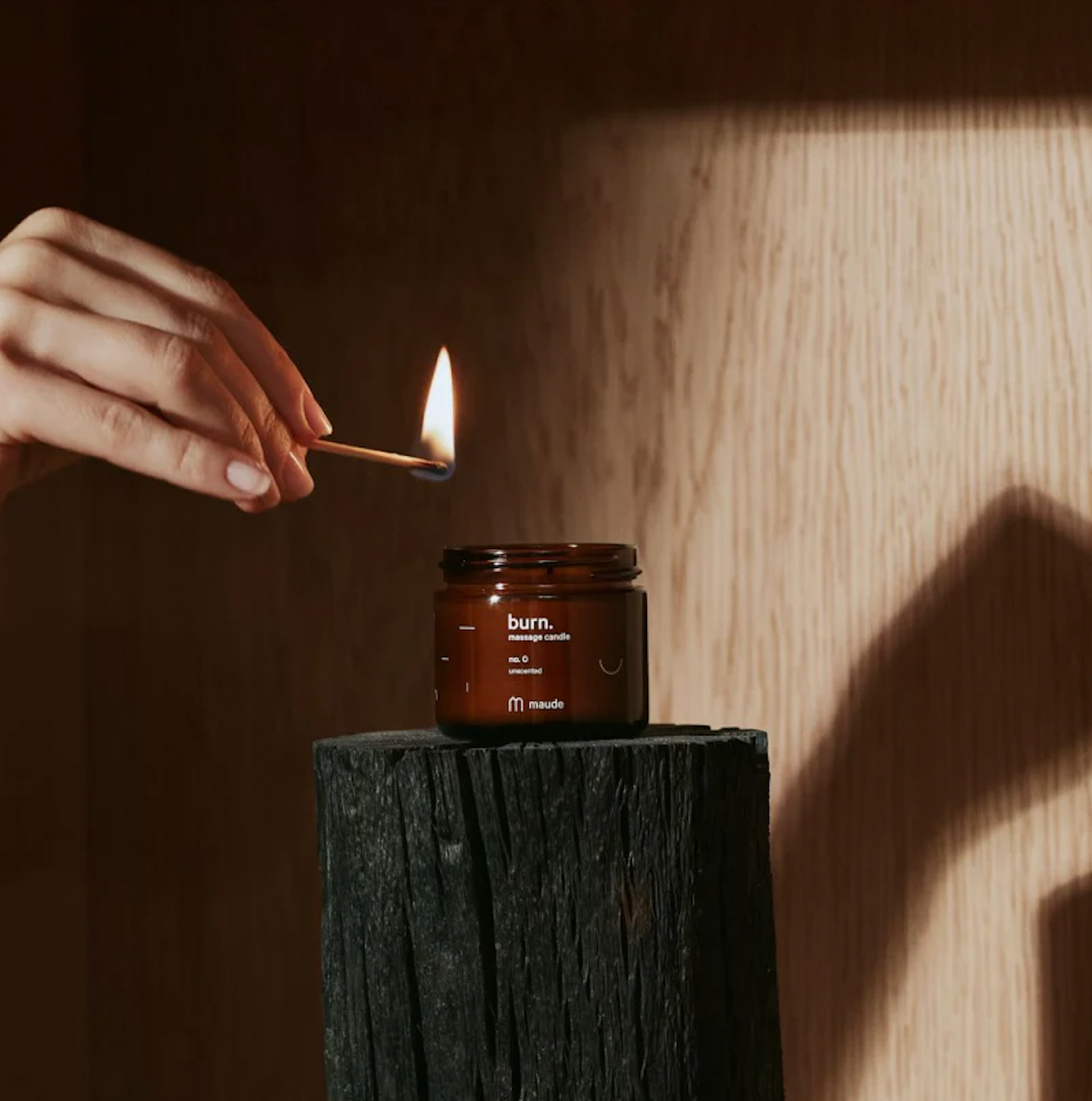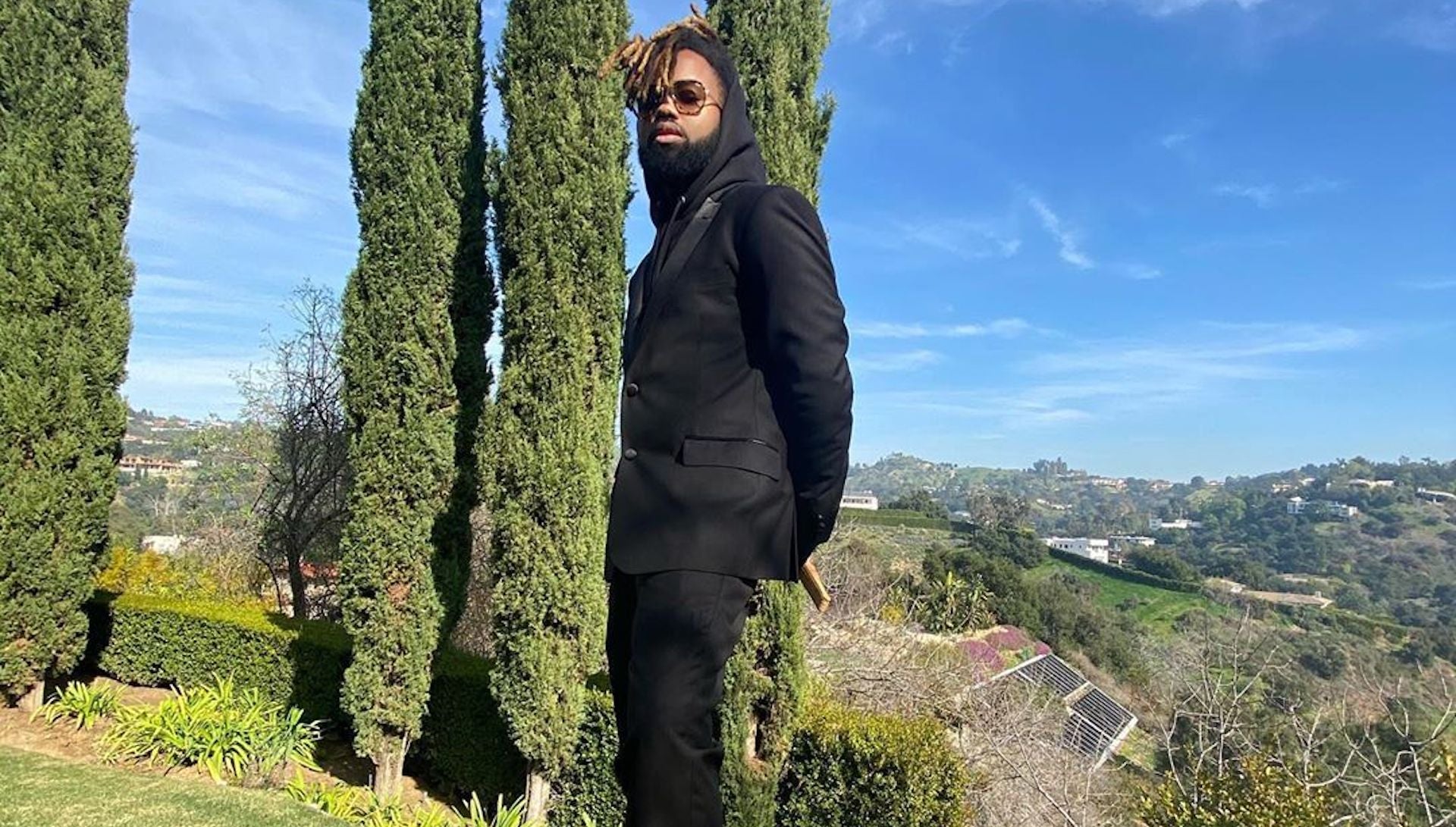
Beyoncé is not the same artist that burst onto the scene over twenty years ago with her hit girls group Destiny’s Child. Gone are the days where she cares about what mainstream media thinks. She’s surpassed it all and has grown so deeply as a creative that fans equally look forward to her visuals as much as they do new music.
Her latest endeavor Black Is King is no different. It’s clear from the very first astounding trailer where she places a baby boy in a basket then picks him up after he’s been reborn that she’s taking us along on a beautiful journey. The film embodies Black empowerment, Black beauty and interrogates Black identity throughout. And these themes play out not only on our screens, but behind the scenes as well.
“This was a labor of love and a passion project for Beyoncé,” Kwasi Fordjour, Creative Director at Parkwood Entertainment and co-director of Black Is King shared with ESSENCE. “It took a little over a year to complete. We started well before shooting, doing research and putting together pieces. The actual filming took four to six months and we also had the editing process, which [took] the same amount of time and we went through multiple versions.”
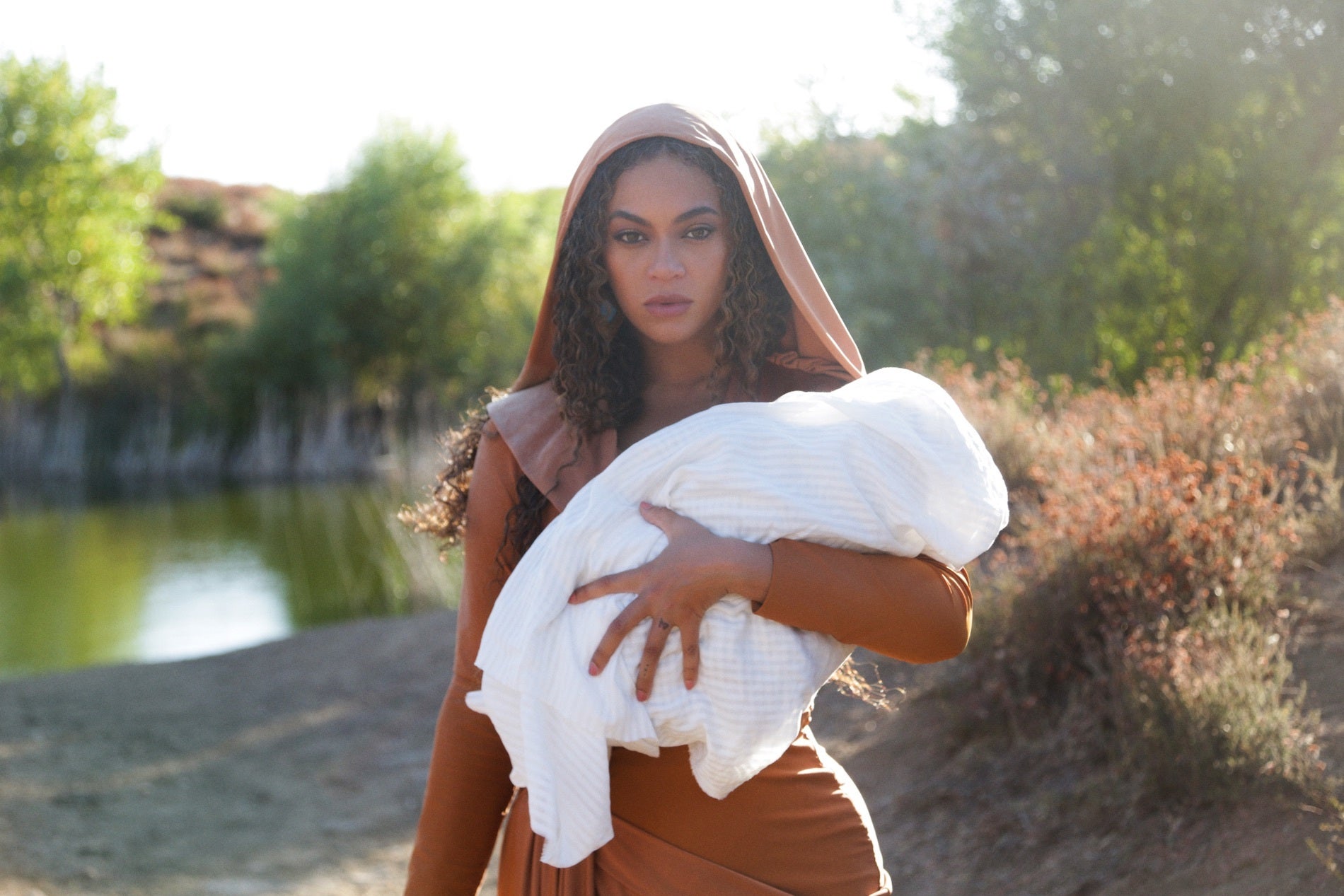
Written, directed and executive produced by Beyoncé, Black is King is a visual companion to the 2019 soundtrack that she executive produced, The Lion King: The Gift. However, making the visual album was not always in the cards. “The idea was to do a few additional videos for The Lion King,” Fordjour revealed, noting that last year the video for “Spirit” was released. “She wanted to add a few more visuals to that and it just organically panned out.”
Although Black Is King was filmed before COVID-19 impacted the world, it’s ugly presence still deeply affected the post-production process. “Right before COVID we were supposed to do some more pick up shoots. There were still some additional important pieces that we wanted to capture and at the very start of the pandemic we had to do a re-edit of the film,” Fordjour said. “Everything happens for a reason. Divine intervention happened and we used what we had and that became the film.”
The film (much like the film it’s based on) follows a young Black king on a supernatural journey of self-discovery where his ancestors help guide him, reminding him of his father’s royal teachings. Shot in South and West Africa, New York, Los Angeles, London, and Belgium, Beyoncé didn’t hold back when it came to collaborating with a variety of directors, cast and crew.
“It was a variety of things when it came to choosing directors,” Fordjour noted. “With all the different directors that we work with there’s a level of authenticity and artistic ability that they bring to whatever we do with them.” Directors who worked on the film besides Fordjour included Emmanuel Adeji, Blitz Bazawule, Pierre Debucherre, Jenn Nkiru, Ibra Ake, Dikayl Rimmasch and Jake Nava.
Although African artists, directors, actors, cast and crew are intricately included in the film, it still wasn’t enough to stop some critics from accusing Beyoncé of romanticizing Africa and not sharing its true origin of history.
“My first reaction to the criticism is that this film is a mixture of fiction and reality. There are parts of this film that were shot on the ground of Nigeria, shot on the ground of South Africa. But there’s a story element just like any film. This isn’t a documentary so there’s a fantasy element to it as well,” Fordjour said. “To me, the true representation of Africa, again, is some of the collaborators, who have put their vision into the film and that is the sounding board and the reflection of Africa and its innovation. That to me is real. That to me is honest. That is the representation that’s needed to break barriers.”
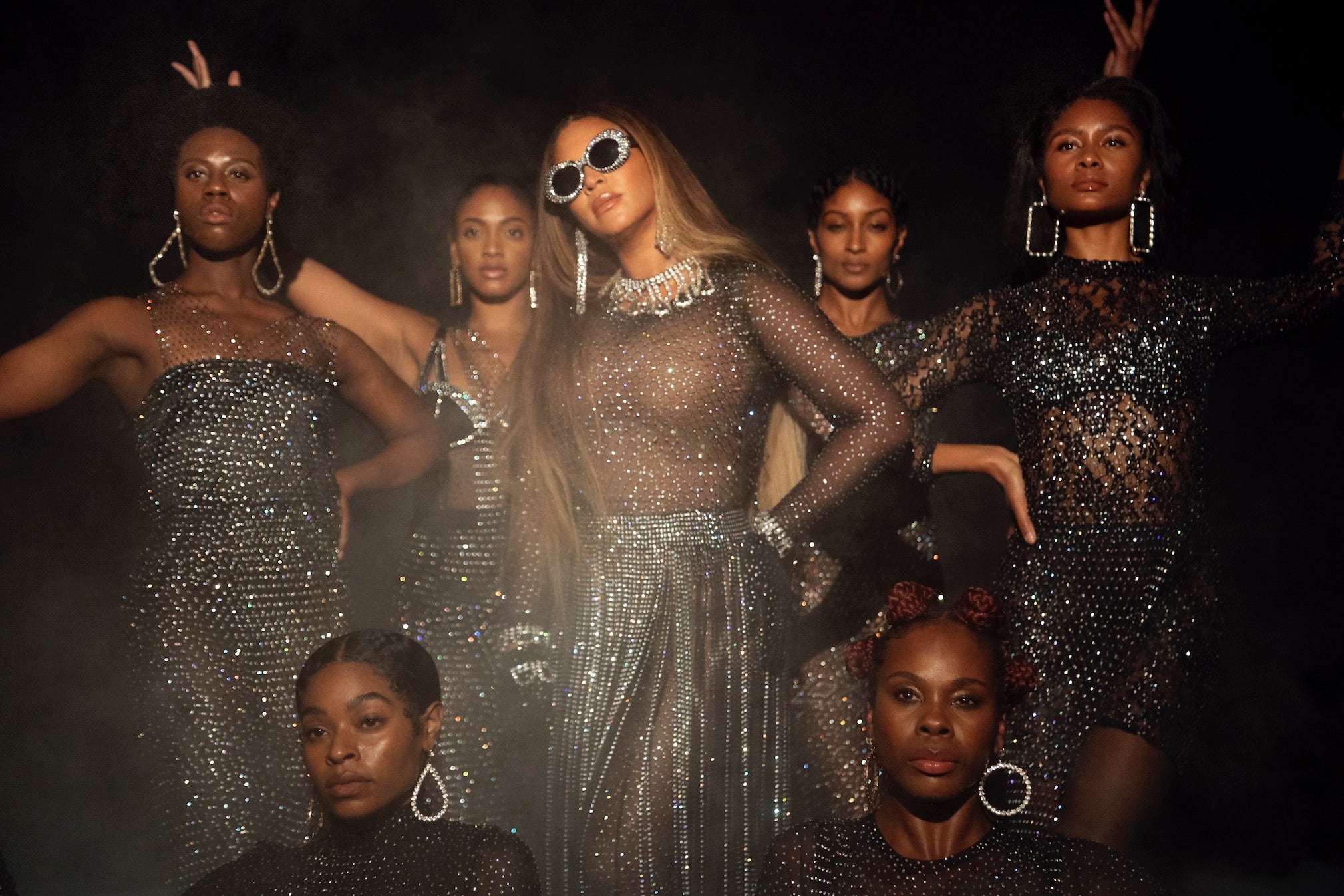
The visionary director added that because of “all of these different collaborators” who came together to work on the project helped “merge the gap between African and African American. To me that is what is meant to be praised. Going straight to the core of the music and putting life into musicians who are a part of the album that you wouldn’t see on TV, on Disney in a regular circumstance. That is a representation of Africa; the pulse of Africa. That is what we should applaud and praise and represent. With all of us, a piece of everyone comes with us.”
Even with its critics, the visually stunning shots and positive messages throughout Black Is King are impossible to ignore, especially the film’s break out video for “Brown Skin Girl.” Directed by Jenn Nkiru, the only female director aside from Bey to have worked on the project, the spectacular video features the epitome of Black girl magic with the likes of Tina Knowles, Blue and Rumi Carter, Naomi Campbell, Adut Akech, Lupita Nyong’o, Aweng Ade-Chuol and Kelly Rowland all making appearances.
“Beyoncé wanted to make sure everyone she mentioned was involved for the filming of ‘Brown Skin Girl,’” Fordjour said of that video. “She wanted to make sure that even beyond the people that she mentioned that there was a diverse group of women represented. She wanted to make sure that women of different skin tones were able to see themselves.”
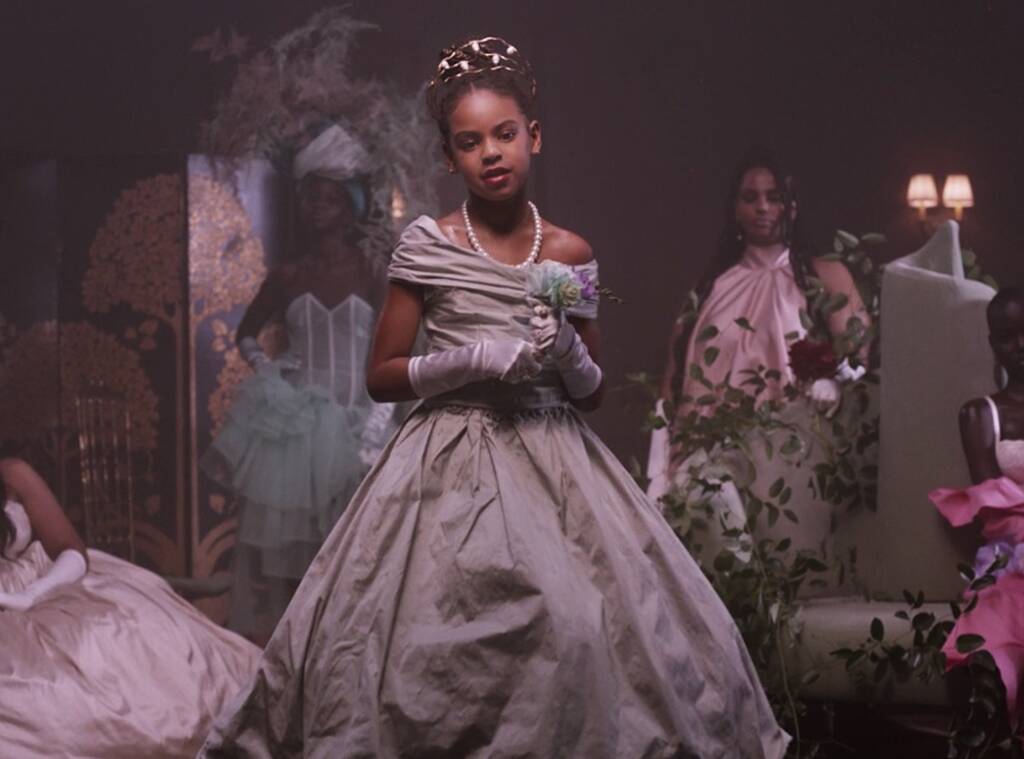
“I’m not going to say it was the crescendo, but when you feel it and when you see that representation, there’s a strong kind of fire within you that says, ‘Yes that’s it. That’s what I’m talking about.’ That’s the reaction we wanted people to feel.”
Black Is King had many fans across social media extra thankful to Beyoncé for creating a visual album that portrayed Black excellence during these difficult times, even if some of it was a fantasy.

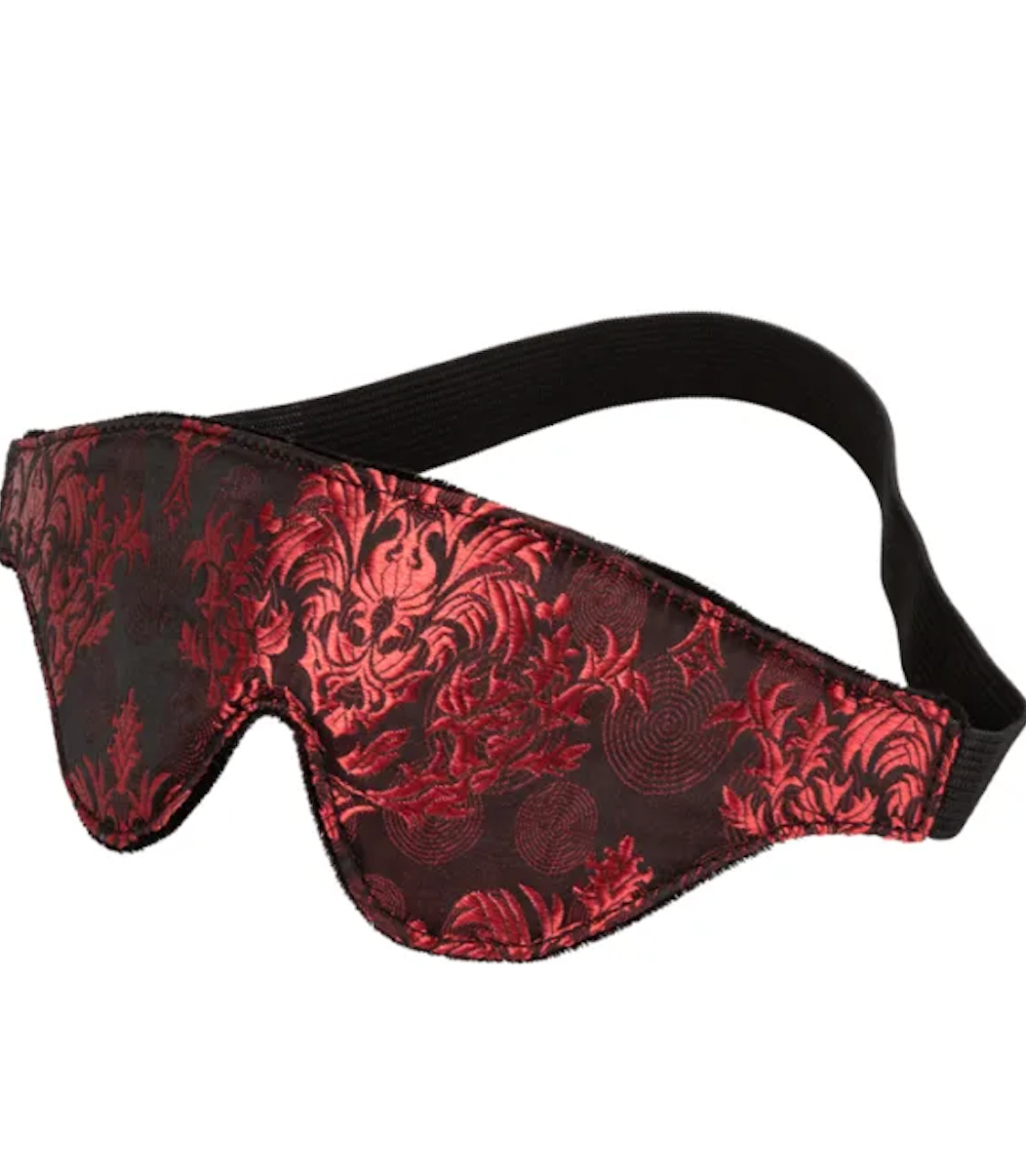
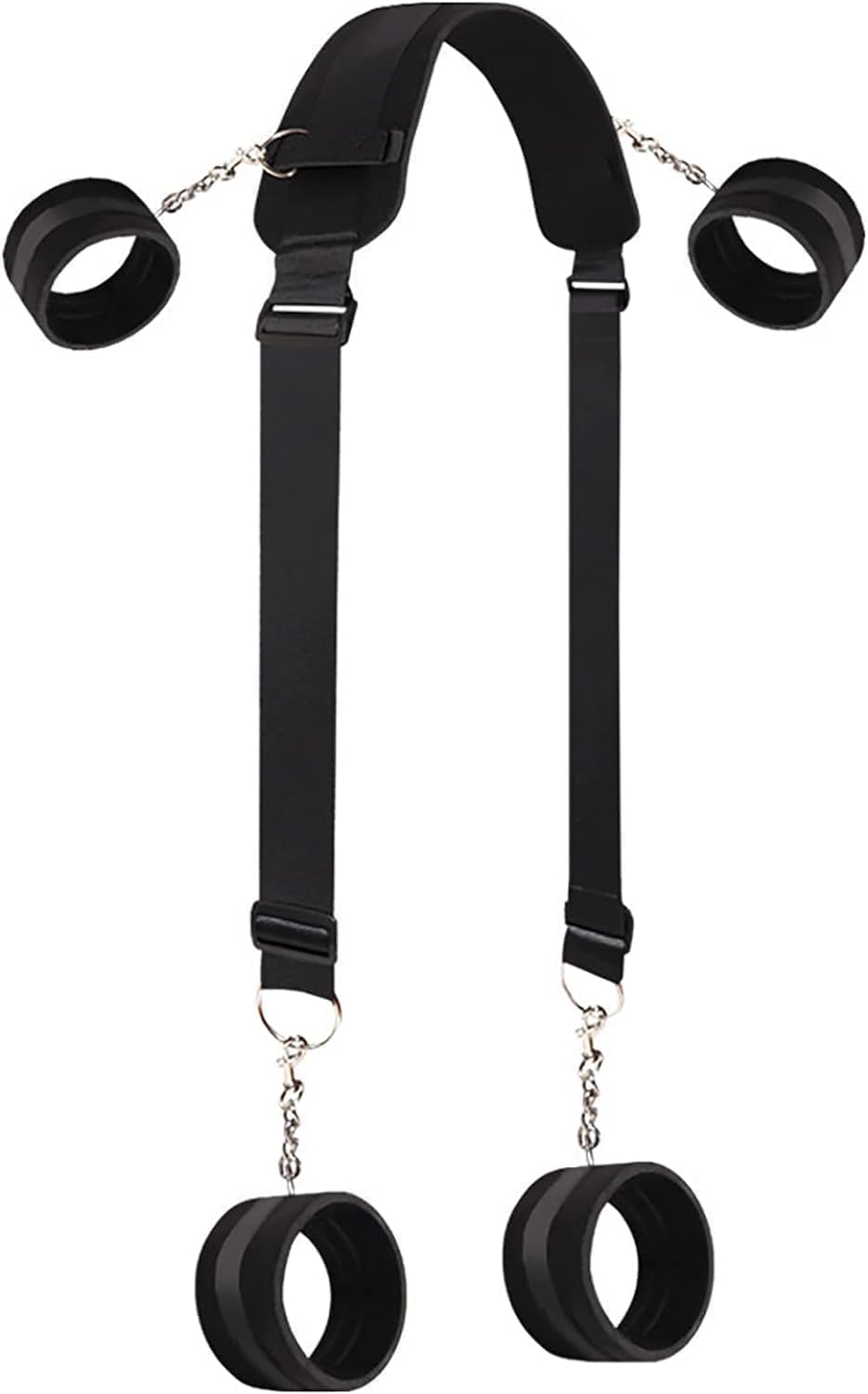
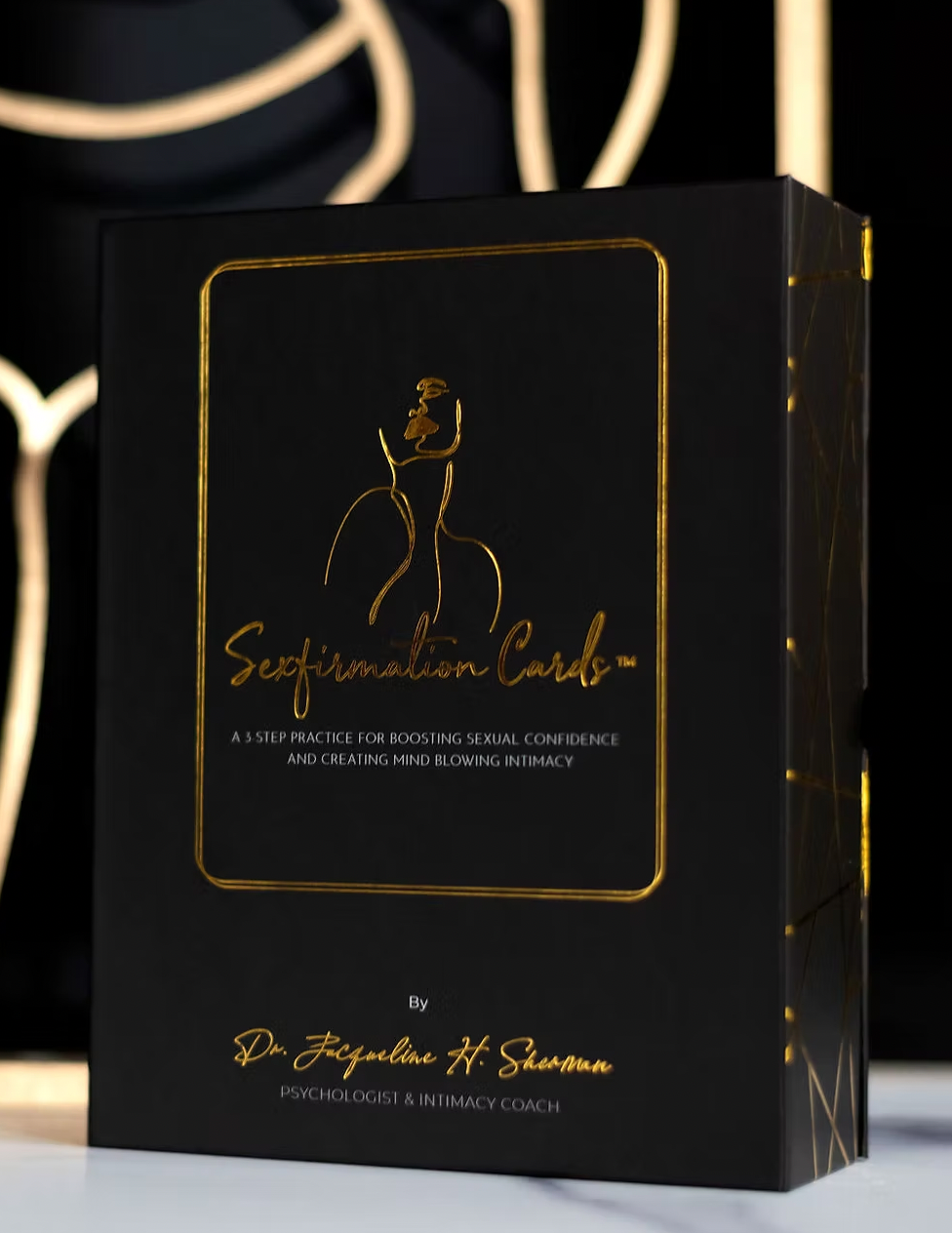



“We all don’t come from kings and queens,” Fordjour admitted, adding, “We have a core and magic that comes from our ancestors that made the way for us and that we constantly stand on. That’s what I want children to learn and understand from this film, I want them to tap into the culture and history of their self. That’s where your power lies.”
